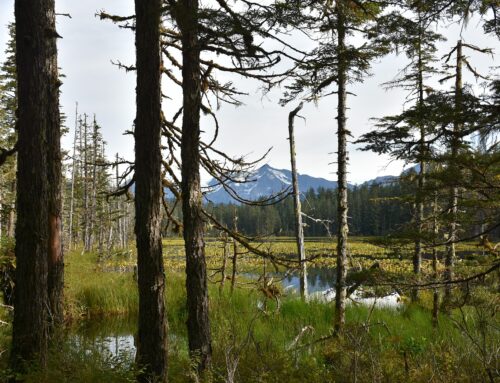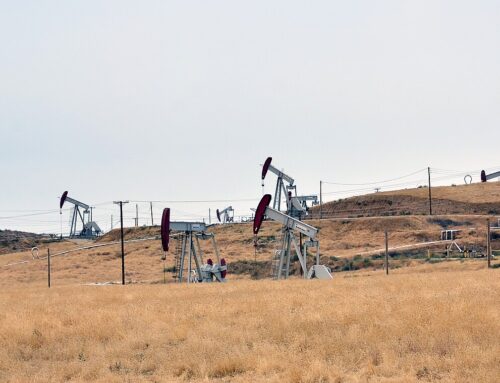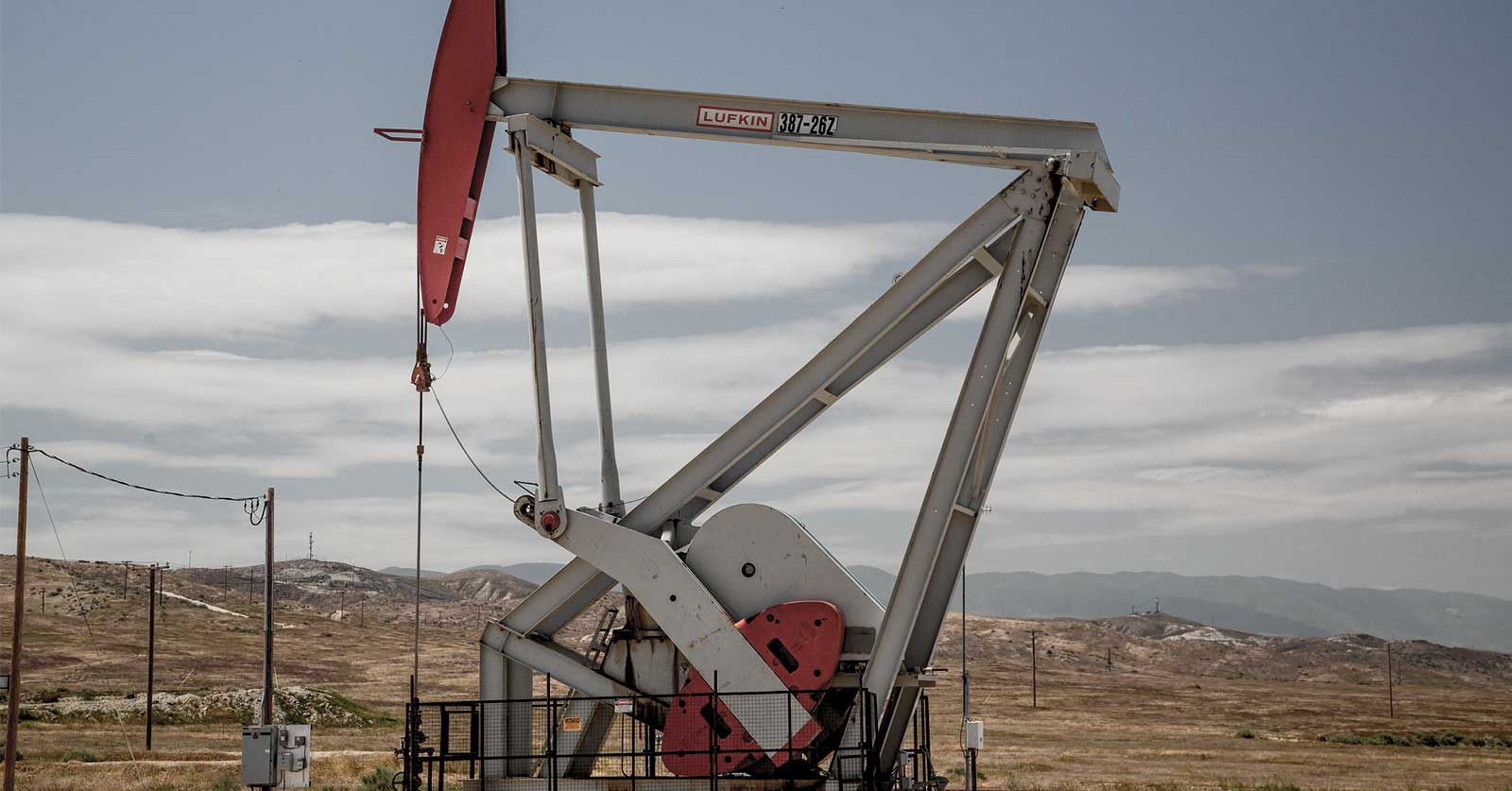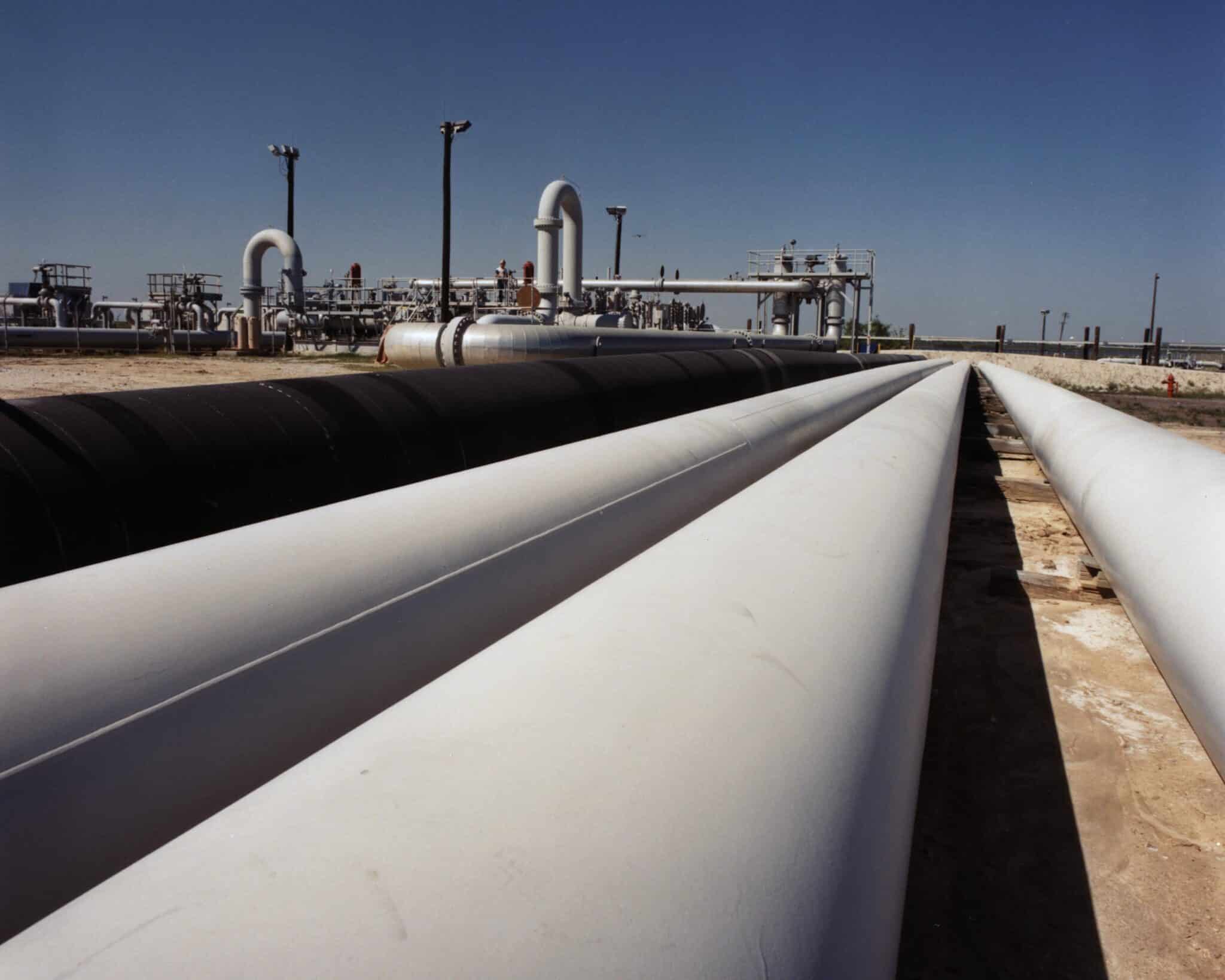The Rural Energy for America Program (REAP) was created in the 2008 farm bill to provide federal grants and loans to renewable energy projects. While designed to primarily promote rural solar, wind, hydropower, and other projects, the program has also subsidized the mature corn ethanol and soy biodiesel industries. As recently as September 2021, corn ethanol interests received funding despite Congressional prohibitions within the program. Wasteful farm bill subsidies take many forms, but corn- and soy-based biofuel supports stand out as particularly egregious because of the tens of billions of dollars in subsidies the industries have already received over the past 40 years. Not only are these subsidies wasteful, but they also create additional long-term climate and environmental liabilities for taxpayers.
Significant expansion of REAP has been proposed in the recent budget reconciliation package, in addition to stand-alone legislation introduced in the current Congress. The most recent House reconciliation bill proposed approximately $2 billion in REAP spending over the next six years, on top of the $1.2 billion that has already been spent over the last decade. Other budget reconciliation proposals would expand similar subsidies for bioenergy and other types of energy through a new clean electricity performance program, performance neutral tax credits, a clean energy accelerator program, and other new initiatives. While Congress and President Biden’s priorities align on some of these new investments, a realistic analysis of whether these policies would actually benefit the climate must first be completed since significant evidence points to the contrary. Otherwise, status quo policies will continue to subsidize the same types of bioenergy and other forms of energy that have failed to significantly reduce greenhouse gas (GHG) emissions as Congress once envisioned. Most bioenergy produced to date has been derived from land- and input-intensive crops such as corn and soybeans that compete with food, feed, and other uses, creating upward pressure on commodity prices and ultimately the conversion of carbon-rich land to cropland use.
You can download the full Rural Energy for America Program fact sheet here or read it below.










